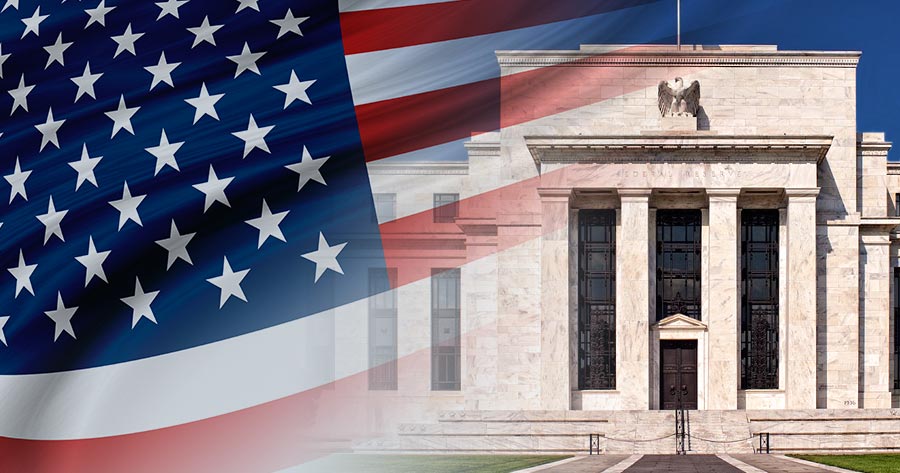The Federal Reserve overnight announced its biggest interest rate hike since 2000 and signal to maintain pace over the next couple of meetings, shunning down worries of markets of rates hikes by higher multiples.
The U.S. central bank’s policy-setting Federal Open Market Committee on Wednesday voted unanimously to increase the benchmark rate by a half percentage point. It will begin allowing its holdings of Treasuries and mortgage-backed securities to decline in June at an initial combined monthly pace of $47.5 billion, stepping up over three months to $95 billion.
“Inflation is much too high and we understand the hardship it is causing and we are moving expeditiously to bring it back down,” Chair Jerome Powell said after the decision in his first in-person press conference since the pandemic began.
He added that there was “a broad sense on the committee that additional 50 basis-point increases should be on the table for the next couple of meetings.”
The comments from Powell triggered strongest stock market rally on the day of Fed meeting in a decade as he fanned down expectation of large increase of 75 basis points in the months ahead. He said, it is “not something that the committee is actively considering.”
Goldman Sachs Group Inc. economists led by Jan Hatzius revised up their forecast following Powell’s remarks to include a 50 basis-point increase in July, in addition to the half-point move they already expected in June.
“A fourth 50 basis point rate hike is possible in September too, but we are maintaining our forecast that the FOMC will revert to 25 basis point hikes at that point until we see additional data,” Goldman Sachs added.
“We have not changed our terminal rate forecast of 3%-3.25%, but we now expect to reach that rate” by the second quarter of next year, three months earlier than they previously predicted.
Powell said “it is certainly possible” that the Fed decides over time that it will need to move rates to levels that are restrictive.
“If higher rates are required then we won’t hesitate to deliver them,” he told reporters, though he noted that that there was a “broad range of plausible levels of neutral,” which officials in March estimated between 2% and 3%.
On the balance sheet side, officials decided to begin shrinking the Fed’s $8.9 trillion balance sheet starting June 1, at a pace of $30 billion in Treasuries and $17.5 billion in mortgage-backed securities a month, stepping up over three months to $60 billion and $35 billion, respectively.
The balance sheet had ballooned in size as the Fed aggressively bought securities to calm panic in financial markets and keep borrowing costs low as the pandemic spread.
The Fed said Wednesday that “to ensure a smooth transition, the committee intends to slow and then stop the decline in the size of the balance sheet when reserve balances are somewhat above the level it judges to be consistent with ample reserves.”
Powell told Congress in early March the process would take about three years, implying some $3 trillion in reductions.




